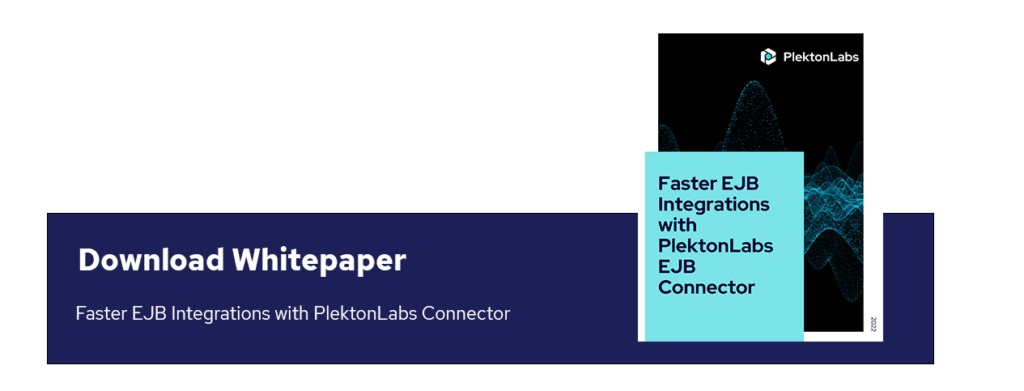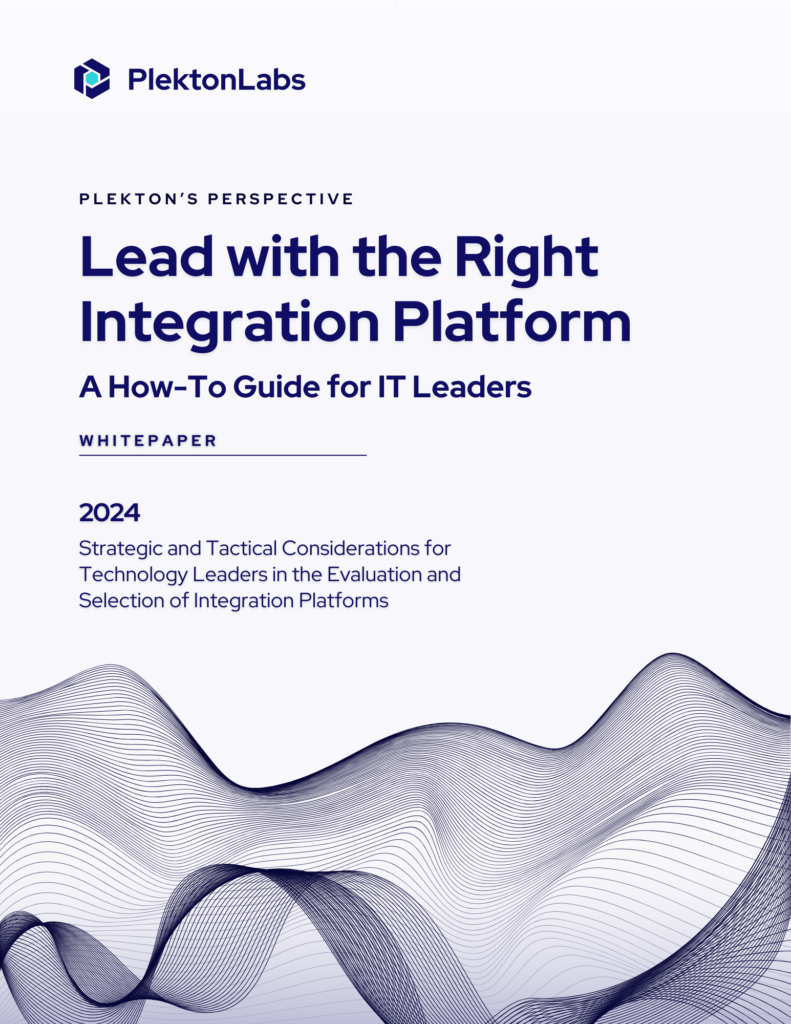For a long time, integration lived in server rooms and tech diagrams. It was the quiet backbone of operations, managed by architects and engineers who made sure systems talked to each other. But business has changed. The line between technology and leadership has dissolved. Integration has become less about APIs and middleware and more about how leaders think, decide, and build connected organizations.
Every modern enterprise is a network of moving parts.
Systems, people, processes, and partners form a living organism that either collaborates or clashes. When leaders view each unit as a self-contained piece, the organization slows down. Projects compete for resources. Insights stay siloed in departments. Decisions take too long to reach those who need them. The opposite approach, thinking in systems, creates movement. It turns a company into an ecosystem that learns, adapts, and scales faster than its competitors.
System thinking begins with empathy.
Leaders who understand integration see beyond their own function. A CIO who collaborates with the CMO to design customer journeys that flow seamlessly across platforms. A CEO who understands how a data architecture decision affects innovation timelines. This is empathy translated into architecture. Integration-minded leaders recognize that every connection inside a business carries emotional, operational, and strategic weight.
An integration mindset requires a shift in language.
The focus moves from ownership to connection. Instead of asking, “What’s my team responsible for?” leaders ask, “Who depends on us, and what do they need?” The question reframes accountability. It builds shared purpose. When everyone understands how their work fuels another team’s success, collaboration stops feeling like an obligation and starts functioning as a reflex.
Technology only amplifies this behavior. API-led connectivity, automation, and AI tools can orchestrate a company’s digital landscape. Yet these tools deliver value only when leadership models the same openness they expect from their systems. A unified data layer or integration platform cannot overcome organizational silos if leadership thinking remains fragmented. The best technical strategy will fail under a culture that prizes control over collaboration.
In contrast, integration-minded leaders design organizations that learn.
They build frameworks where insights circulate freely and feedback loops are short. When data moves fluidly, decision-making becomes more precise. Teams experiment faster, recover faster, and scale smarter. Integration turns change from a disruption into a constant source of renewal.
This mindset is becoming the hallmark of effective leadership.
CIOs and CEOs who thrive in volatile markets share an instinct for integration. They connect technology roadmaps with human behavior. They translate complex architectures into clear narratives about growth. They listen to engineers as carefully as they listen to customers. Integration, to them, is both technical and emotional fluency; the ability to bridge languages, tools, and goals across an entire enterprise.
The business value is measurable.
Connected organizations reduce time-to-market, improve customer experiences, and attract top talent who want to work in environments where collaboration feels natural. More importantly, integrated organizations are resilient. When markets shift or systems fail, they recover because the connections between teams are already strong.
Building this culture takes deliberate effort.
Leaders must invest in shared platforms, common data languages, and open communication channels. They must reward cross-functional collaboration as much as individual performance. Most of all, they must model the behavior themselves. Leadership sets the tone for how integration feels across an organization, whether it’s seen as bureaucracy or as a shared rhythm.
PlektonLabs sees this shift every day.
Integration projects that once started as IT initiatives now begin in boardrooms. Executives want their strategies, technologies, and people to move as one system. They understand that the real challenge isn’t connecting software; it’s connecting intent.
In this sense, integration becomes the quiet art of modern leadership. It transforms complexity into clarity, data into direction, and collaboration into growth. Leaders who integrate by instinct are the ones shaping the next generation of enterprises, organizations that don’t just operate efficiently, but think collectively.
The future belongs to leaders who design for connection. They build companies that move as one.




